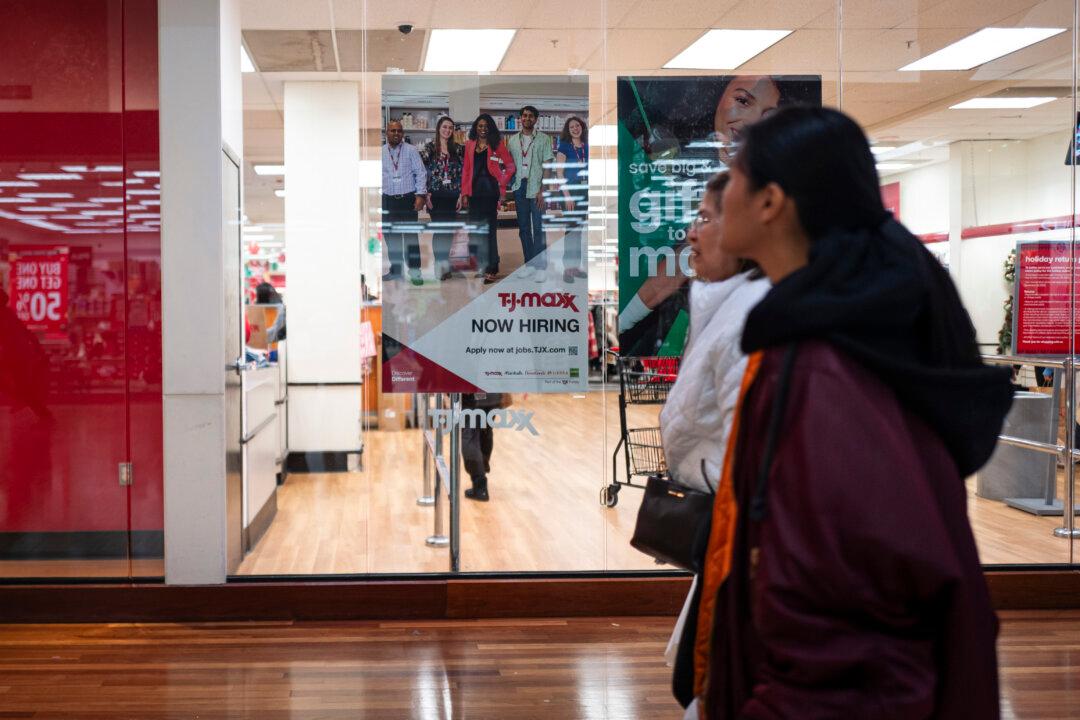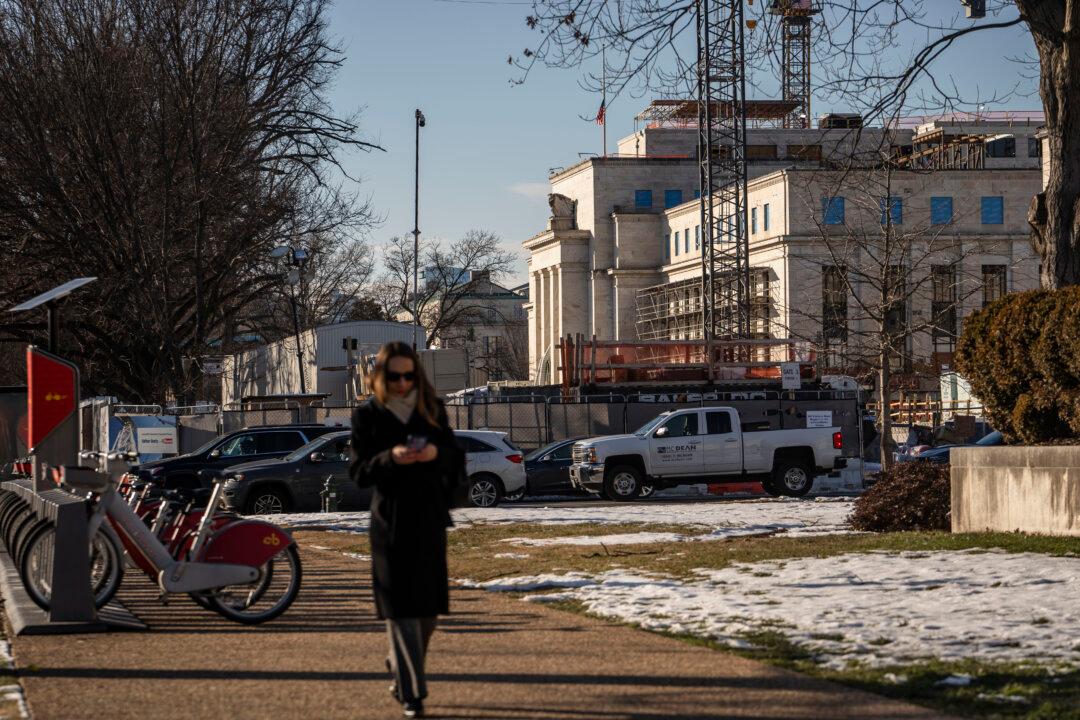New employment data sent mixed signals about the health of the U.S. labor market, as more workers filed for unemployment benefits last week and employers slowed their planned layoffs in May.
The reading came in higher than the consensus estimate of 235,000.
The four-week average, which removes week-to-week volatility, rose to 235,000 from 230,500.
Continuing jobless claims—a measure of individuals out of work currently receiving unemployment benefits—dipped to 1.904 million, from a downwardly adjusted 1.907 million. This came in below economists’ expectations of 1.91 million.
Number of Layoffs in May
Global outplacement firm Challenger, Gray & Christmas reported that U.S.-based companies continued to trim their headcount.In May, employers announced 93,816 intended job cuts. While this is up 47 percent from a year ago, it is also down 12 percent from April.
Year to date, businesses have announced 696,309 layoffs, up 80 percent from the first five months of 2024.
“Tariffs, funding cuts, consumer spending, and overall economic pessimism are putting intense pressure on companies’ workforces. Companies are spending less, slowing hiring, and sending layoff notices,” said Andrew Challenger, the firm’s senior vice president, in the report.
The services sector accounted for a sizable share of last month’s layoffs, with 22,492 planned job cuts. This was followed by retail (11,483), technology (10,598), and nonprofits (8,565).
Effects from related actions by the Department of Government Efficiency (DOGE) were the top reason for job-cut announcements this year, the group stated. Economic and market conditions were the chief cause for the payroll decline, followed by restructuring, bankruptcy, and artificial intelligence implementation.
Despite the substantial workforce reductions this year, companies expected to increase staffing levels.
In the first five months of 2025, planned hires have totaled nearly 80,000, up 57 percent from a year ago. This, says Challenger, is in line with 2012 and 2013, “suggesting that, while companies are adding workers, they are doing so cautiously.”
Various surveys have sent mixed signals regarding firms’ hiring intentions.
“Small-business owners remained open to hire and grow their workforce in April,” said Bill Dunkelberg, the group’s chief economist, in a statement. “While the percent of open positions decreased a bit, Main Street firms are still struggling to find qualified applicants for their plentiful open positions.”
Because of uncertainty, more businesses delayed their hiring.
Pivoting to the May Jobs Report
All eyes will be on the May jobs report, which could either point to softening employment conditions or a labor market holding steady.“Despite a high level of uncertainty and sentiment that reached record low levels, the justification of this fear has yet to be seen in the hard data,” said Jay Woods, the chief global strategist for Freedom Capital Markets, in a note emailed to The Epoch Times.
The consensus estimate indicates 130,000 new jobs and an unemployment rate of 4.2 percent.
Joseph Brusuelas, the chief economist for the accounting firm RSM, says it is still premature to determine the impacts of President Donald Trump’s tariffs. They may not appear until the July and August jobs reports, he noted.
Either way, the May data will prove pivotal for Wall Street, says Tom Essaye, the president and CEO of the Sevens Research Report.
“Tomorrow’s jobs report remains important for markets because it will either continue to push back against slowdown fears (and support these levels in stocks) or, like some data recently, point to some deterioration in the economy, and in doing so, increase concerns about an economic slowdown,” he said in a note emailed to The Epoch Times.
The non-farm payrolls data will be published on June 6.







